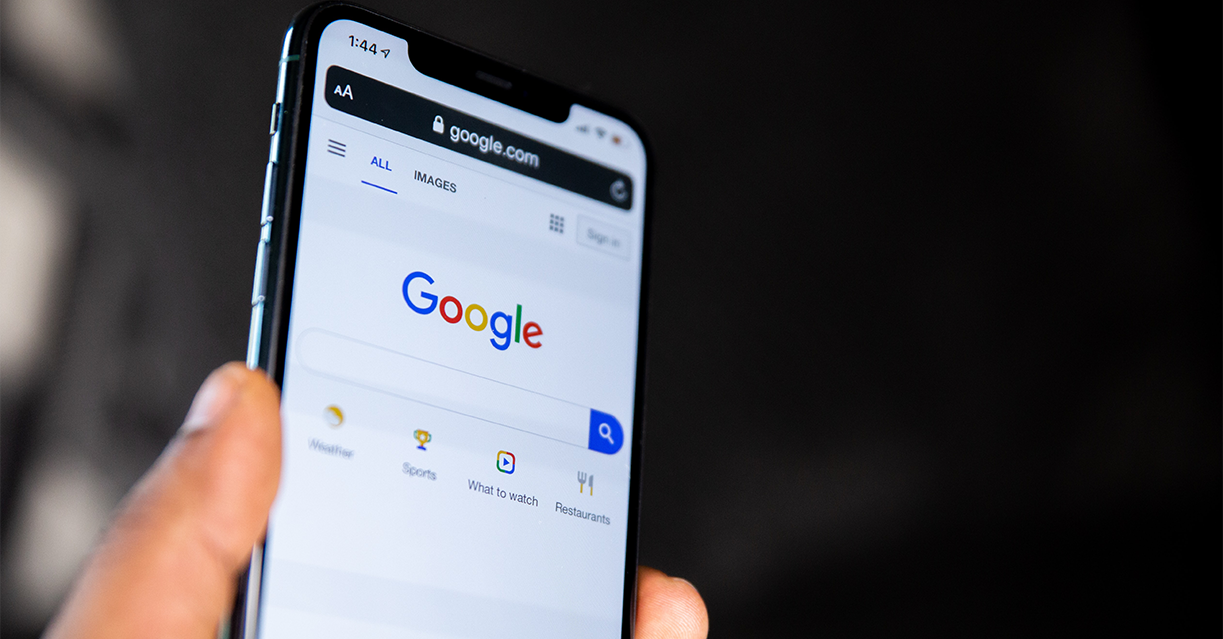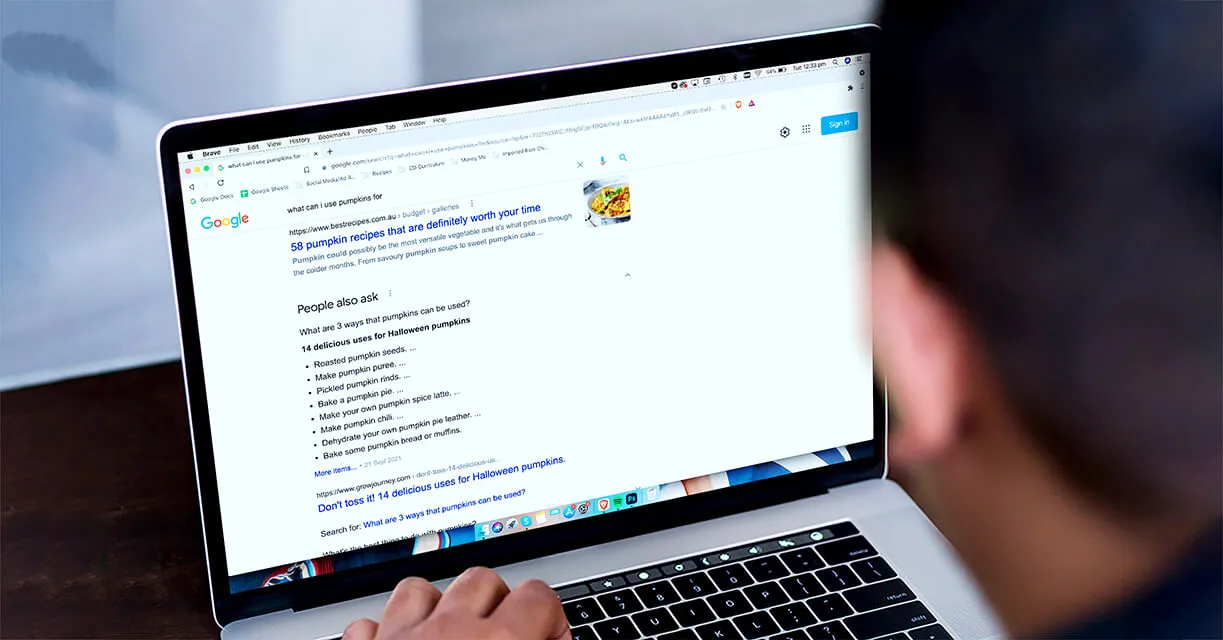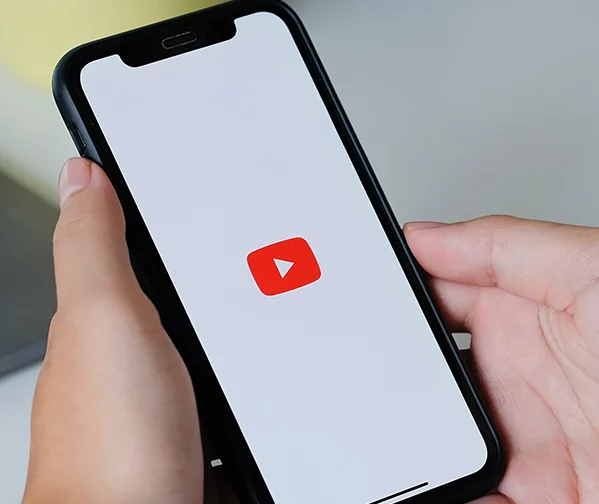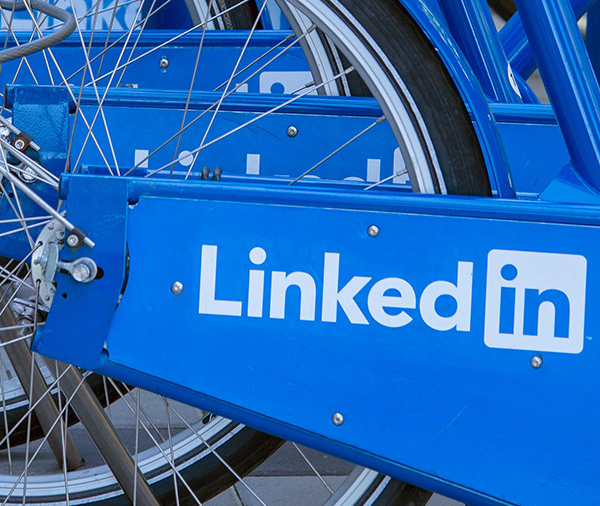So, just in case you missed it, here’s the lowdown on the latest Google goss. They are currently in the midst of rolling out infinite scroll for Google mobile search results.
In other words, that little ‘See More’ button that you may see at the bottom after searching something on Google on mobile? Won’t be there anymore.

You may be thinking “Big whoop”. And we’re here to tell you: yes. HUGE whoop. We’ll give you two reasons why.
First, over 40% of people say they prefer to complete their entire shopping journey on mobile. Everything from research to purchase.
With infinite scroll, a.k.a. limitless load for Google mobile searches, getting a consumer into the initial point in the customer journey is now more accessible to brands that haven’t broken through the Page 1 barrier just yet. Which leads us into our second point.
Previously, only 0.78% of Google searchers went past Page 1. Well guess what? Now, thanks to infinite scroll on Google mobile searches, there technically isn’t a Page 1 anymore (on mobile anyway). It’s just one continuous stream of information, giving smaller brands a better chance to increase their visibility and grow their company.
So, how does a brand capitalise on this change in UX? Well, there’s one key area where you should be focusing your efforts. That’s ensuring your website is mobile-friendly with a dedicated SEO strategy.

Why is mobile SEO important?
SEO (search engine optimisation) is an absolute must for brands seeking growth. Optimising your on-site, off-site and technical elements will help any company rise through the ranks of Google. However, optimising your desktop site does not necessarily translate to having an optimised mobile site.
Here are two quick-fire truths for you:
- 70% of mobile pages take >7 seconds to fully load all visual content above and below the fold.
- As page load time goes from one second to 10 seconds, the probability of a mobile site visitor bouncing increases 123%.
Do you see where we’re going with this? There is a HUGE opportunity for brands to win by optimising their site for mobile. Faster speed = faster growth through increased conversions.
Growth hack: Add a caching/compressing method to your website to reduce the time it takes to load visual assets.
So why is mobile SEO important? Because the brands that execute this tactic will reap the rewards.
What about my Google ads?
Good question. As far as we’re aware, shopping and local ads will remain largely unaffected. If you’re running a paid search campaign, we’d advise you to monitor your placements.
Techcrunch reports that “Text ads will show at the top of the second page and beyond, while fewer text ads will show at the bottom of each page”.
That’s not to say that your ads won’t be performing as well. Quite the contrary. Your mobile search ads may actually receive more impressions, however this could affect your CTR from the increased visibility.
So, how is your mobile site running? Is it optimised for the new traffic that’s set to come in? Or will you be losing out to your competitors? Have a talk with a True strategist today and let’s see how we can grow your business through mobile SEO.
Talk to a strategist
